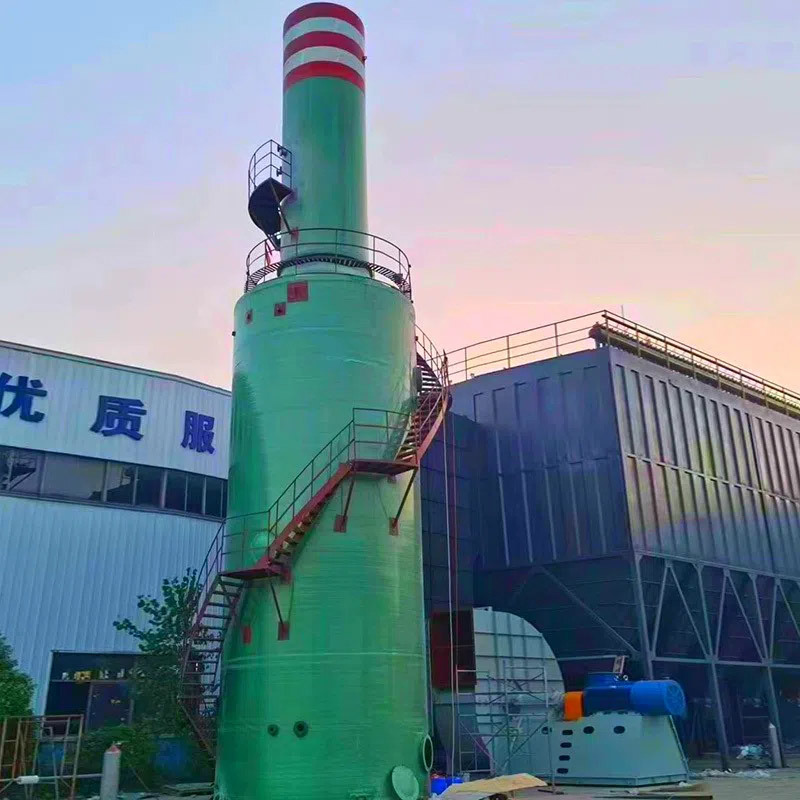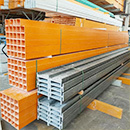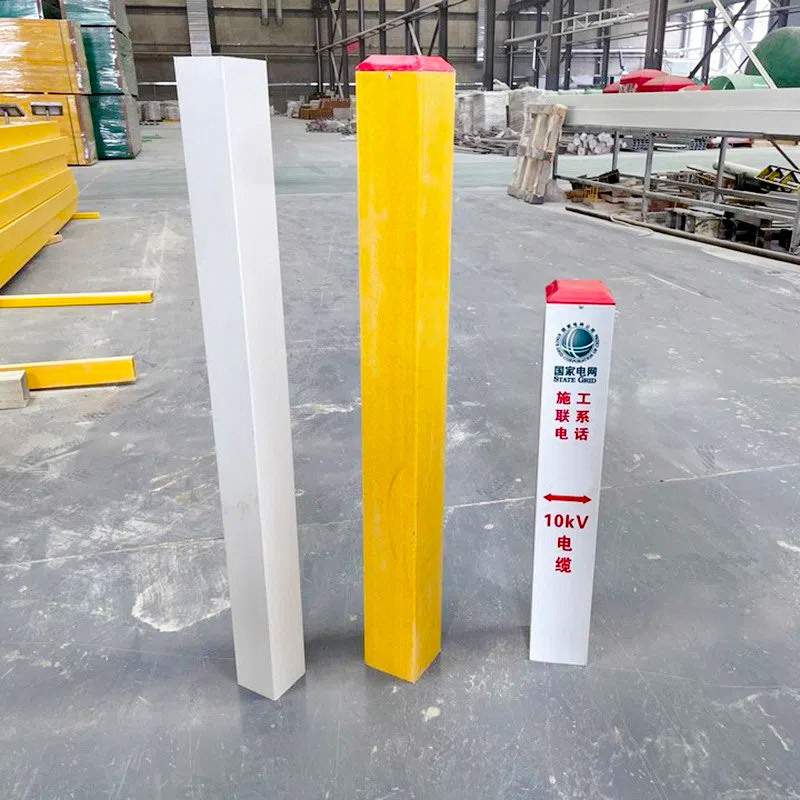Essential Insights on the Best Industrial FRP Desulfurization Towers for Chemical and Rubber Processing
Jul 03,2025
In the realm of chemical and rubber processing, effective desulfurization is crucial for reducing harmful emissions and complying with environmental regulations. One of the best technologies available today for achieving efficient desulfurization is the industrial FRP desulfurization tower. These systems utilize the unique properties of fiberglass reinforced plastic to deliver robust performance i

In the realm of chemical and rubber processing, effective desulfurization is crucial for reducing harmful emissions and complying with environmental regulations. One of the best technologies available today for achieving efficient desulfurization is the industrial FRP desulfurization tower. These systems utilize the unique properties of fiberglass reinforced plastic to deliver robust performance in demanding environments.
FRP desulfurization towers are designed to remove sulfur dioxide (SO2) from flue gases generated during industrial processes. They achieve this through a combination of chemical absorption and physical processes, typically involving alkaline solutions that react with SO2 to form harmless compounds. The primary advantage of using FRP materials is their resistance to corrosion, which is especially important in chemical processing where aggressive substances are present.
One of the key benefits of the best industrial FRP desulfurization towers is their lightweight nature, which simplifies installation and maintenance. Unlike traditional materials such as steel, FRP is less prone to rust and degradation, extending the lifespan of the equipment significantly. This durability also translates to lower long-term operational costs since the need for frequent replacements and repairs is minimized.
Moreover, these towers can be designed to accommodate various capacities and configurations, making them versatile solutions for a wide range of industrial applications. When selecting an FRP desulfurization tower, it is essential to consider factors such as the volume of gas to be treated, the concentration of sulfur compounds, and the specific regulatory requirements in your region. A thorough assessment of these parameters will guide you in choosing the most appropriate system for your needs.
In addition to performance factors, the environmental impact of the chosen desulfurization solution should not be overlooked. Modern FRP desulfurization towers are engineered to be energy-efficient, reducing the overall carbon footprint of the industrial processes they serve. This commitment to sustainability is becoming increasingly important as industries strive to meet environmental standards and social responsibilities.
In conclusion, investing in the best industrial FRP desulfurization tower represents a significant step towards achieving cleaner production processes in the chemical and rubber processing sectors. By understanding the operational benefits, material advantages, and selection criteria associated with these systems, professionals can enhance their facility's performance while contributing positively to environmental conservation efforts. For those keen on improving their desulfurization capabilities, exploring FRP technology may lead to optimal results.
FRP desulfurization towers are designed to remove sulfur dioxide (SO2) from flue gases generated during industrial processes. They achieve this through a combination of chemical absorption and physical processes, typically involving alkaline solutions that react with SO2 to form harmless compounds. The primary advantage of using FRP materials is their resistance to corrosion, which is especially important in chemical processing where aggressive substances are present.
One of the key benefits of the best industrial FRP desulfurization towers is their lightweight nature, which simplifies installation and maintenance. Unlike traditional materials such as steel, FRP is less prone to rust and degradation, extending the lifespan of the equipment significantly. This durability also translates to lower long-term operational costs since the need for frequent replacements and repairs is minimized.
Moreover, these towers can be designed to accommodate various capacities and configurations, making them versatile solutions for a wide range of industrial applications. When selecting an FRP desulfurization tower, it is essential to consider factors such as the volume of gas to be treated, the concentration of sulfur compounds, and the specific regulatory requirements in your region. A thorough assessment of these parameters will guide you in choosing the most appropriate system for your needs.
In addition to performance factors, the environmental impact of the chosen desulfurization solution should not be overlooked. Modern FRP desulfurization towers are engineered to be energy-efficient, reducing the overall carbon footprint of the industrial processes they serve. This commitment to sustainability is becoming increasingly important as industries strive to meet environmental standards and social responsibilities.
In conclusion, investing in the best industrial FRP desulfurization tower represents a significant step towards achieving cleaner production processes in the chemical and rubber processing sectors. By understanding the operational benefits, material advantages, and selection criteria associated with these systems, professionals can enhance their facility's performance while contributing positively to environmental conservation efforts. For those keen on improving their desulfurization capabilities, exploring FRP technology may lead to optimal results.





